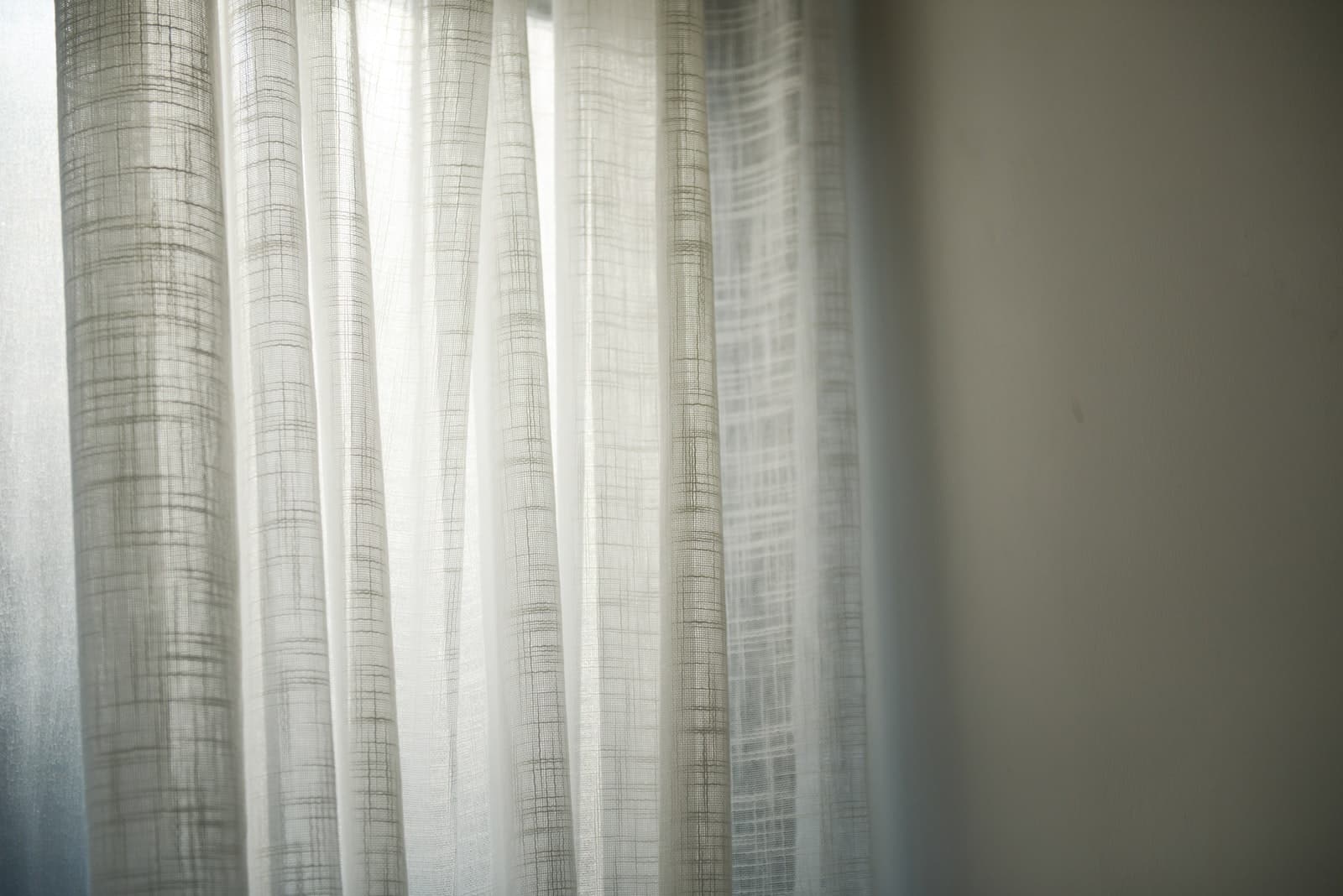
Curtains are not only decorative but also functional. They can provide privacy, light control, insulation, and noise reduction for your windows. However, curtains can also get dirty, dusty, stained, or faded over time. To keep your curtains looking fresh and beautiful, you need to care for them properly. Caring for curtains involves regular dusting, vacuuming, washing, drying, ironing, and storing. Here are some steps to follow for caring for your curtains.
How do you care for curtains?
There are different ways to care for curtains, depending on the type of fabric, the type of dirt, and the type of cleaning method. Here are some common methods you can use:
Dusting and vacuuming curtains are essential steps to prevent dust and dirt from building up on your curtains. You should dust and vacuum your curtains at least once a month or more often if you live in a dusty area or have pets or allergies. Here are some steps to follow for dusting and vacuuming curtains:

Washing curtains can help remove stains, odors, and bacteria from your curtains. You should wash your curtains every three to six months or whenever they look dirty or smell bad. However, before washing your curtains, you should always check the care label on your curtains and follow the instructions carefully. Some fabrics may require dry cleaning or hand washing only. Here are some steps to follow for washing curtains:

Drying curtains can help restore their shape and prevent wrinkles. You should dry your curtains as soon as possible after washing them to avoid mildew growth. However, before drying your curtains, you should always check the care label on your curtains and follow the instructions carefully. Some fabrics may require air drying or low heat only. Here are some steps to follow for drying curtains:
Ironing curtains can help remove any wrinkles or creases that may have formed during washing or drying. You should iron your curtains while they are still slightly damp for best results. However, before ironing your curtains, you should always check the care label on your curtains and follow the instructions carefully. Some fabrics may require low heat or no ironing at all. Here are some steps to follow for ironing curtains:

What are the benefits of caring for curtains?
Caring for curtains can have some advantages over neglecting them, such as:
What are the drawbacks of caring for curtains?
Caring for curtains can also have some disadvantages compared to ignoring them, such as:
How do I choose the best method to care for my curtains?
There is no one best method to care for your curtains. The best method depends on your personal preference, budget, curtain type and fabric, and cleaning frequency. Some things to consider when choosing a method are:
By following these tips for dusting, vacuuming, washing, drying and ironing your curtains, you can keep them looking their best for years to come. Regular curtain maintenance helps prevent damage and fading, removes built-up dirt and allergens, and ensures your curtains continue providing privacy, light control and style.
While caring for curtains requires some time and effort, the rewards of long-lasting, freshly cleaned curtains are well worth it. Your curtains frame your view and create an inviting space, so keeping them in good condition significantly impacts your comfort and decor. Proper storage also prevents creasing and preserves your curtains when they’re not in use.
Now that you know the basics of curtain care and have professional tips to guide you, keeping your curtains clean is a breeze. Follow the care labels, use the proper methods for your curtain types and fabrics, and maintain a regular cleaning schedule. With some TLC, your curtains will stay bright, functional and enhance your home for seasons to come.
Keep your curtains care under control and you’ll enjoy their beauty and benefits with minimal fuss.

Dale is the colorful mind behind HuetifulHomes.com, where he shows you how to create a home that is as fun and fabulous as you are. He has a passion for color and a knack for DIY, with years of interior design experience he shares his tips and tricks on how to create a home that reflects your personality and style. He believes that color is the key to happiness, and he wants to help you make your home more Huetiful.